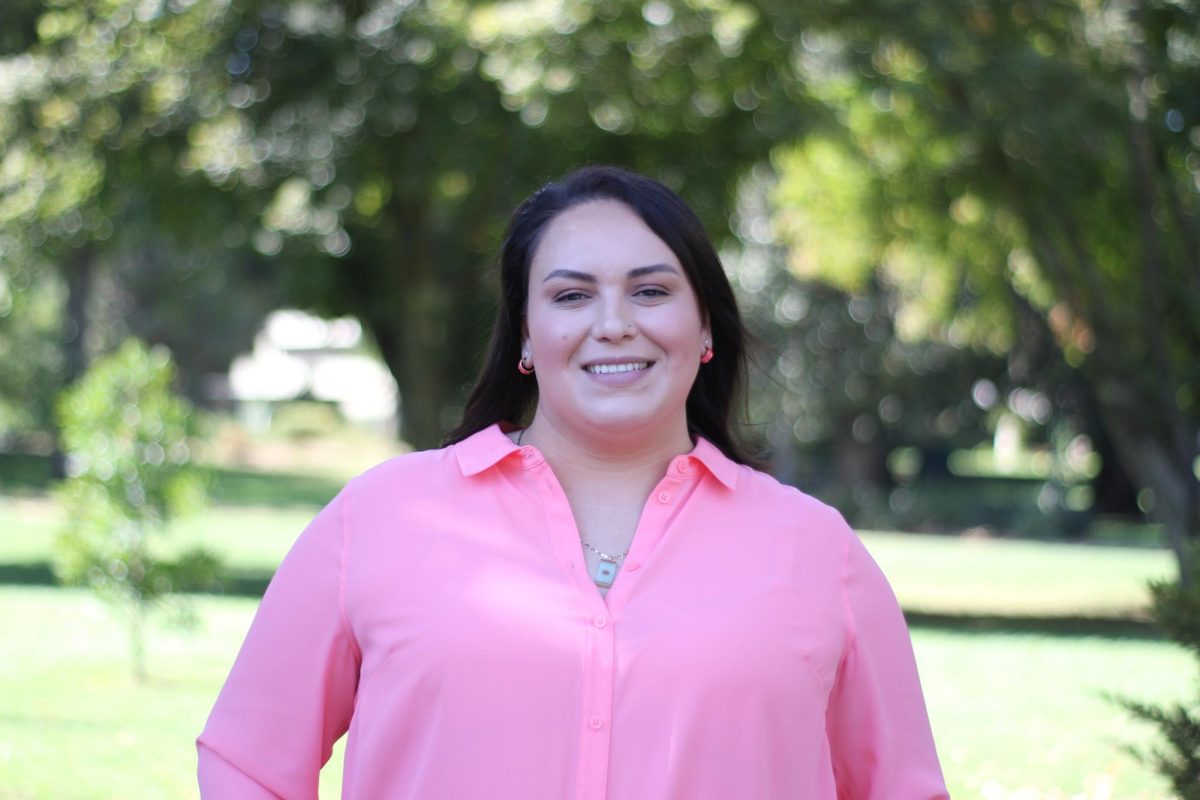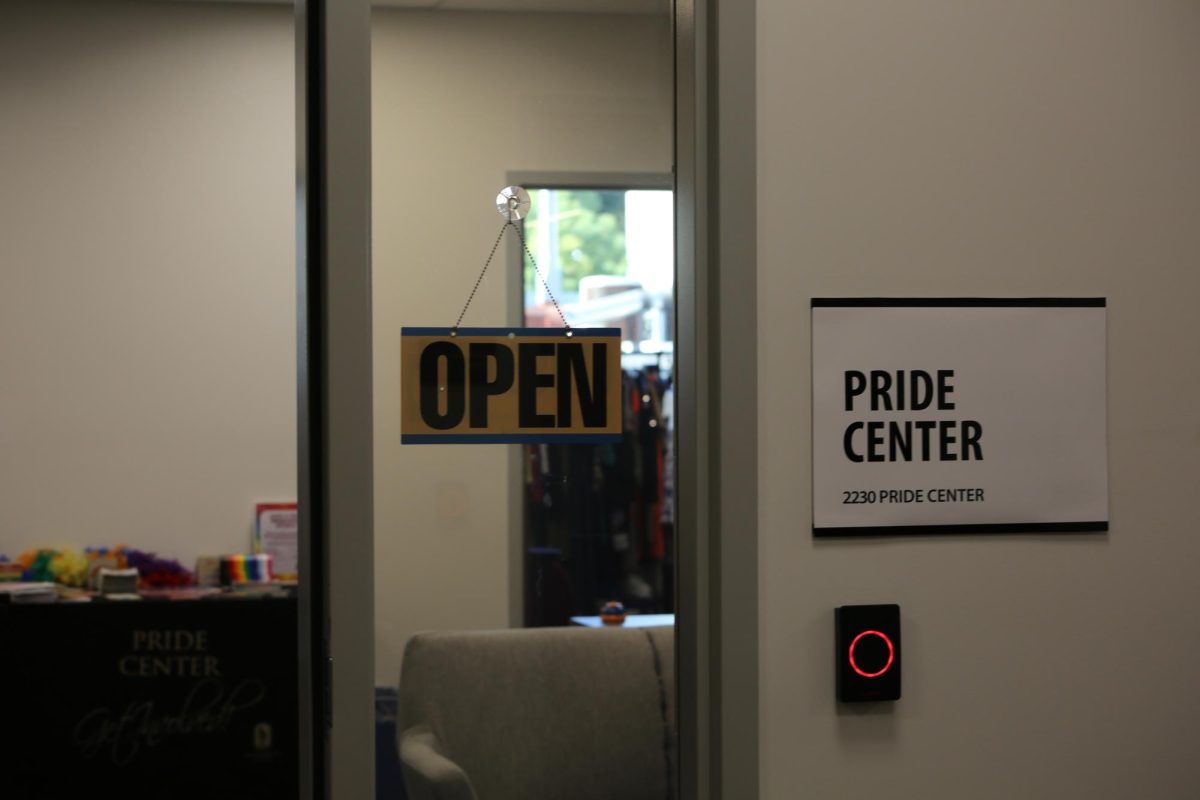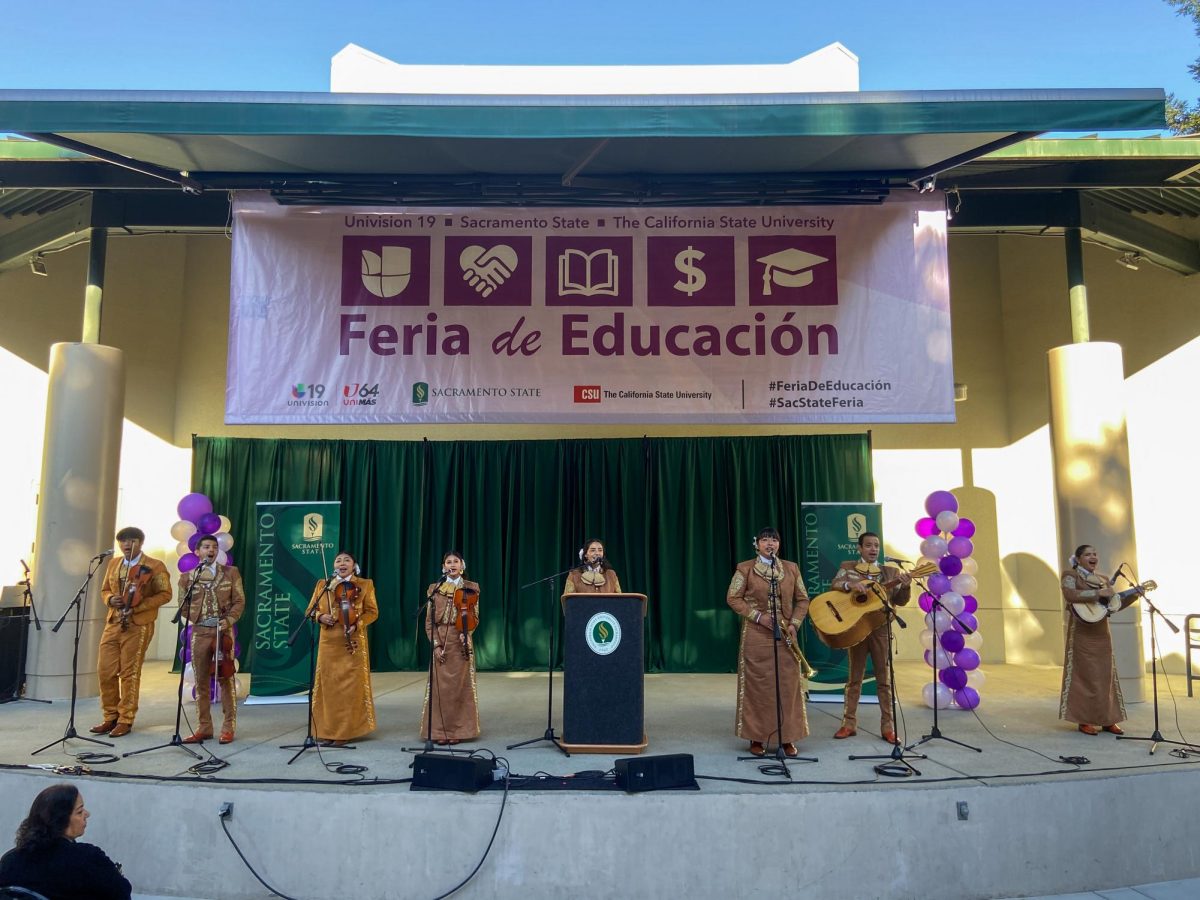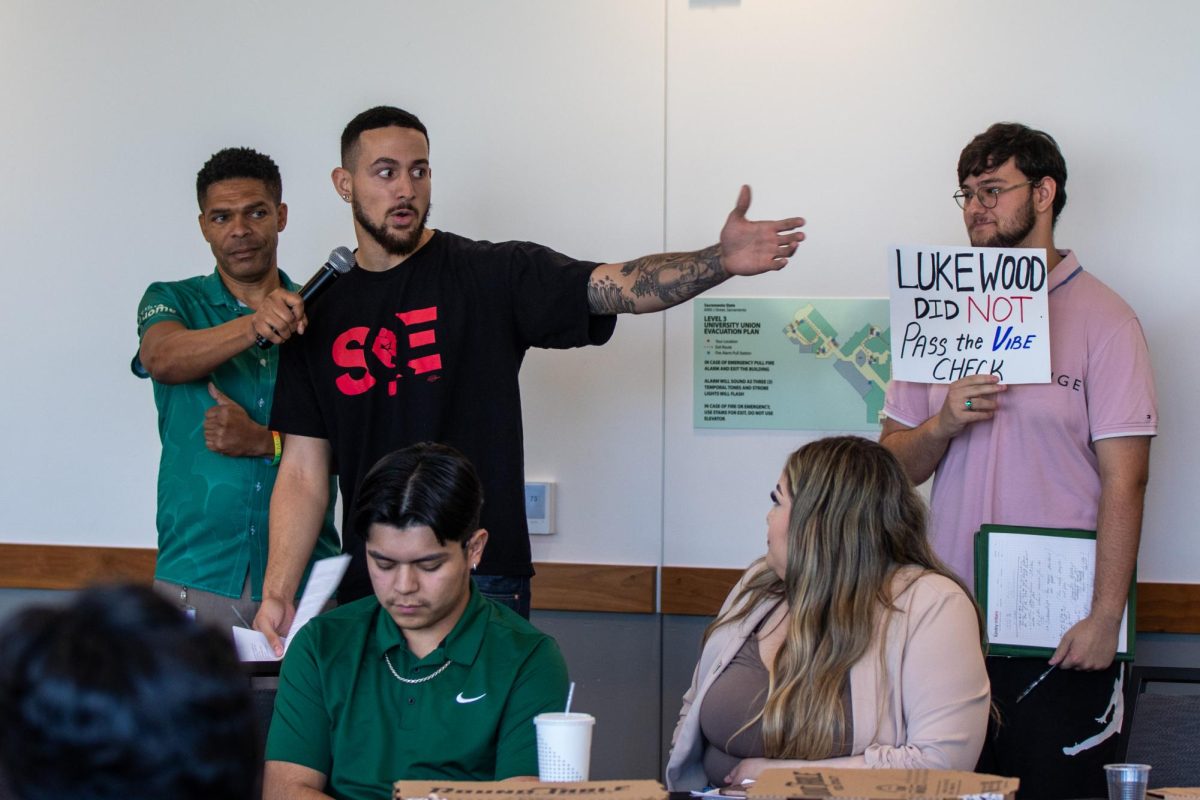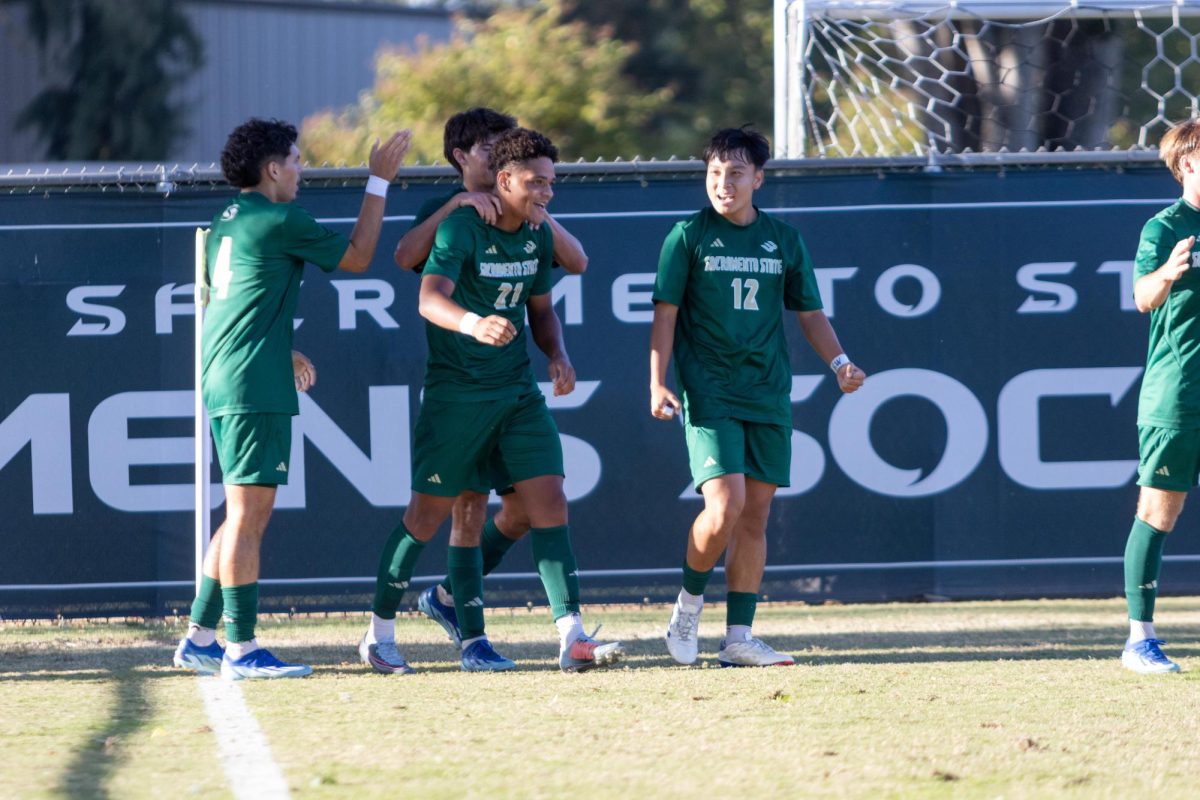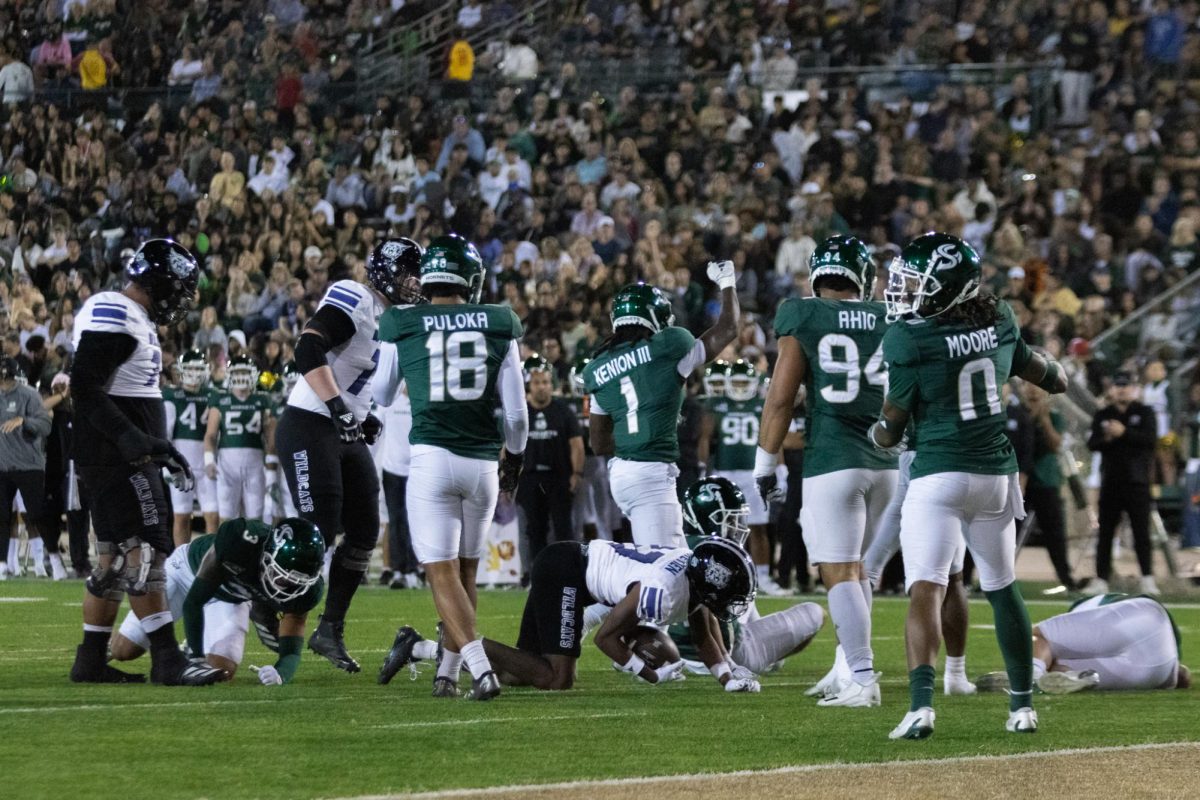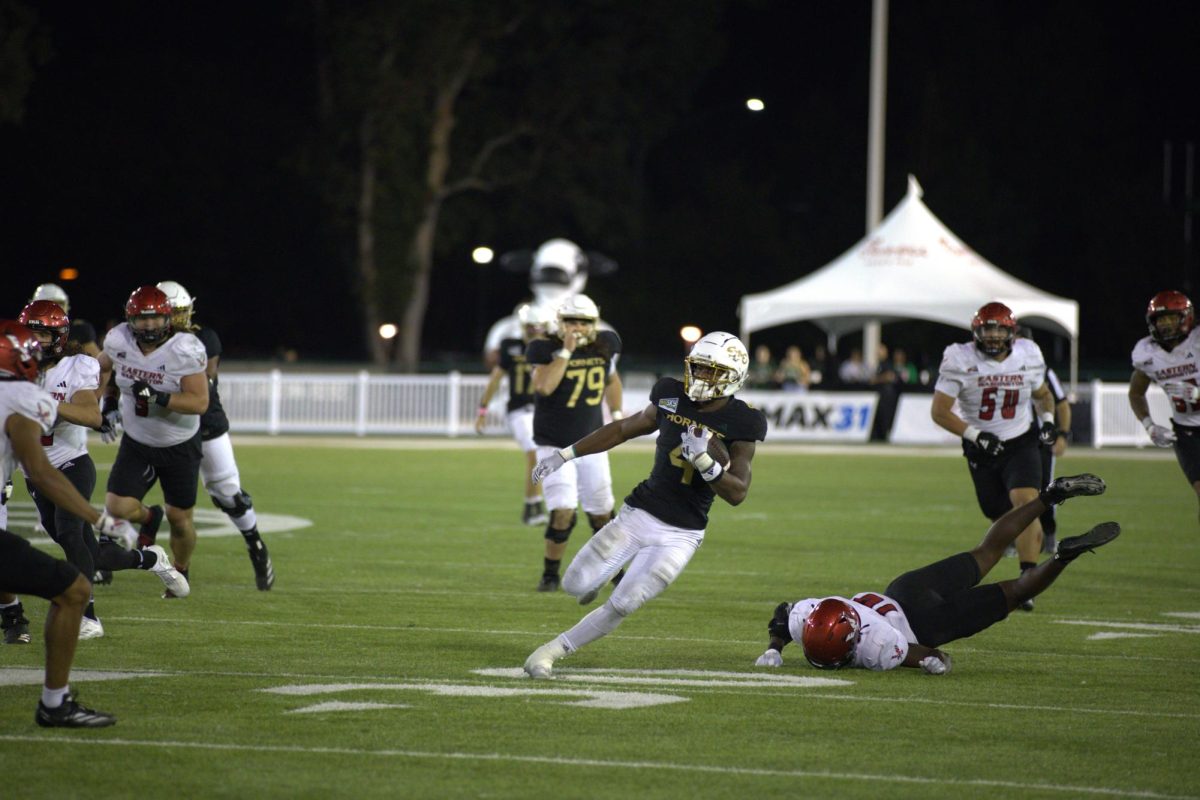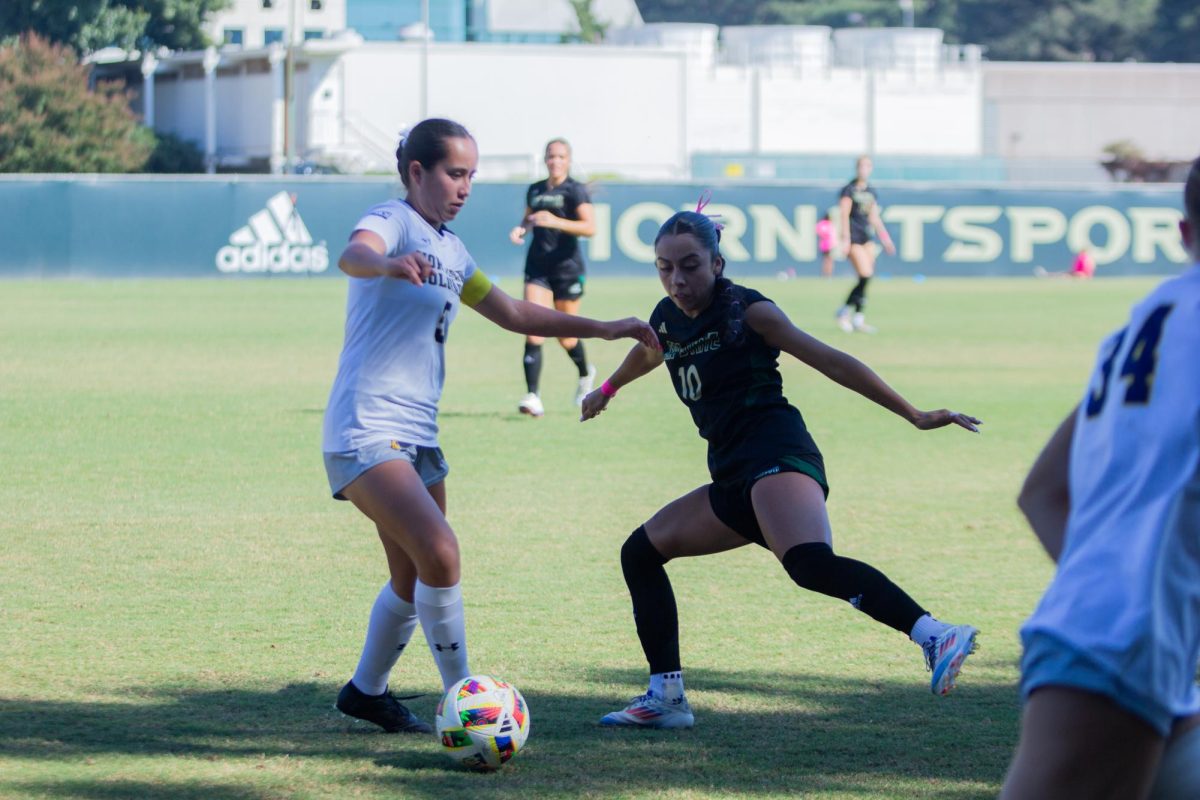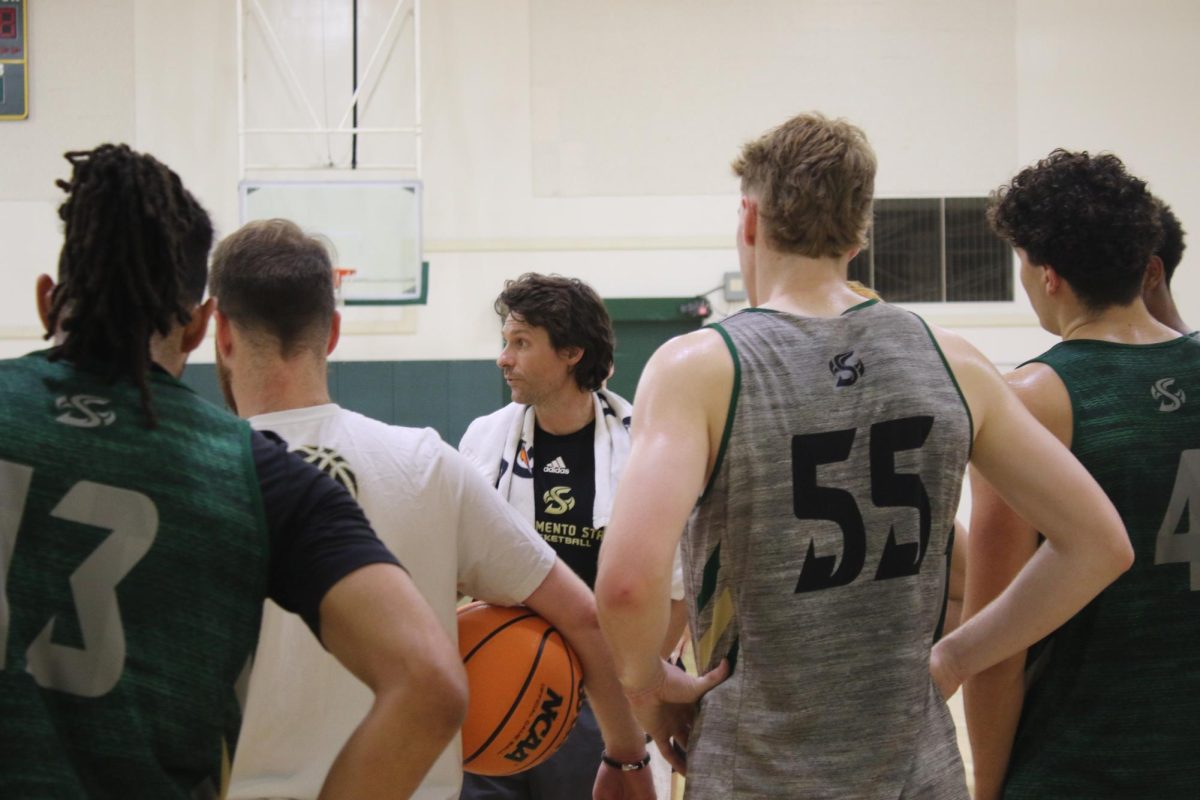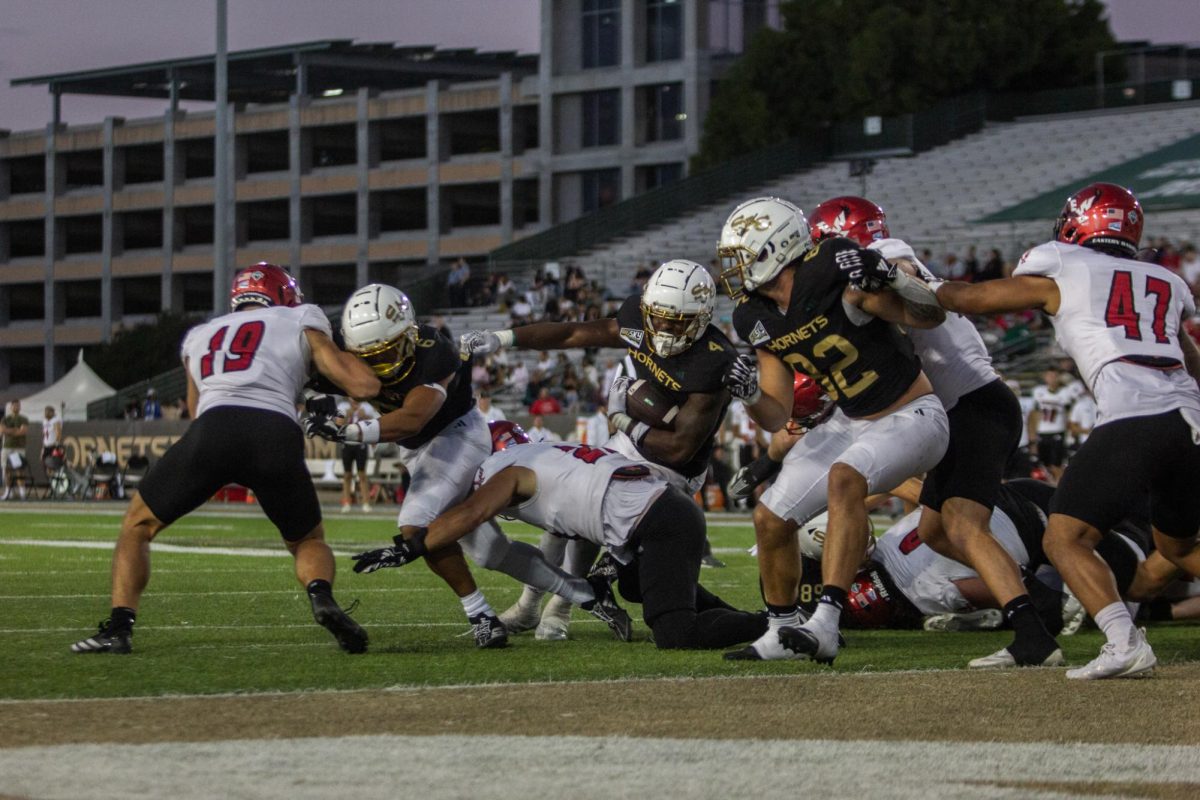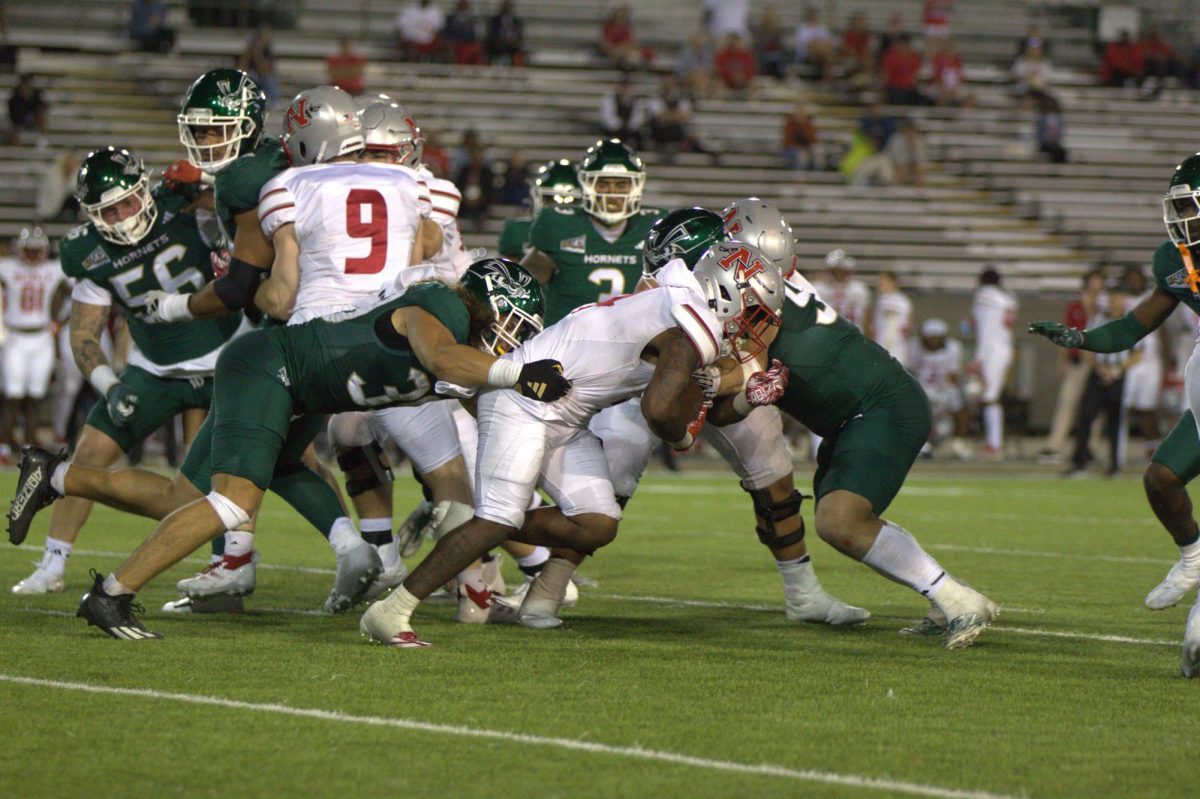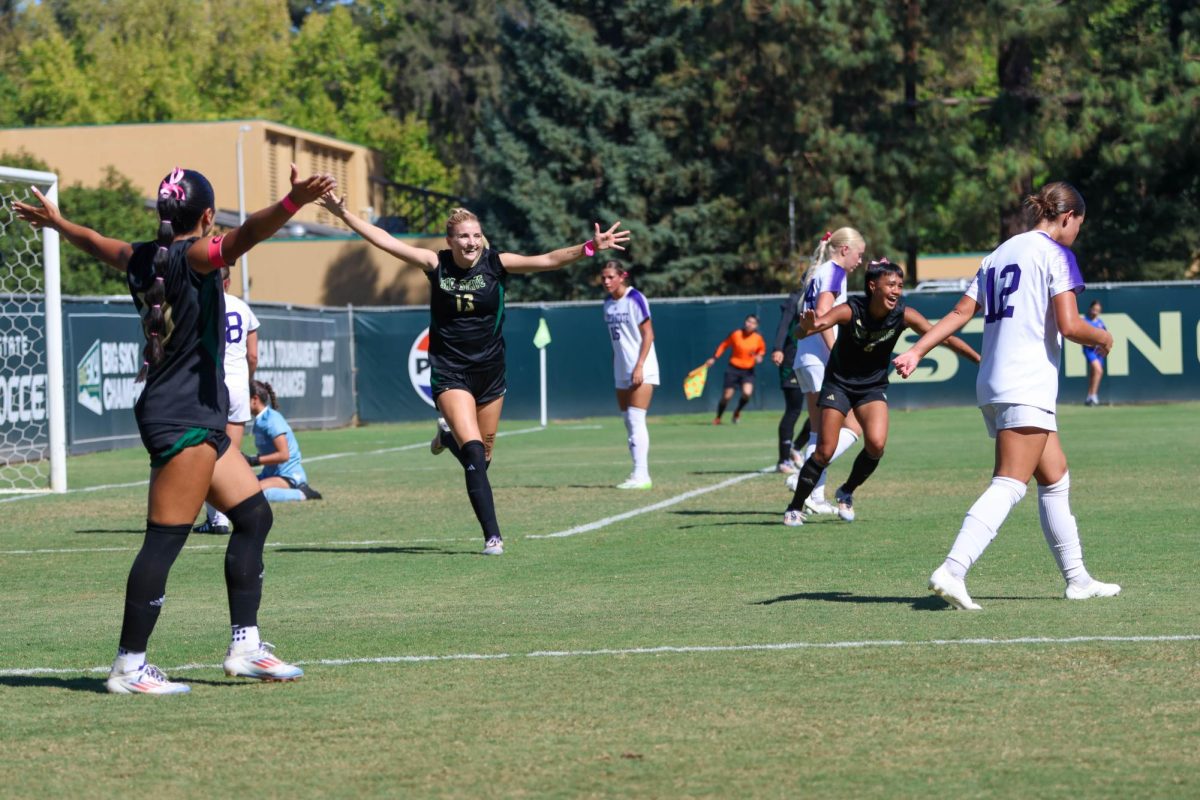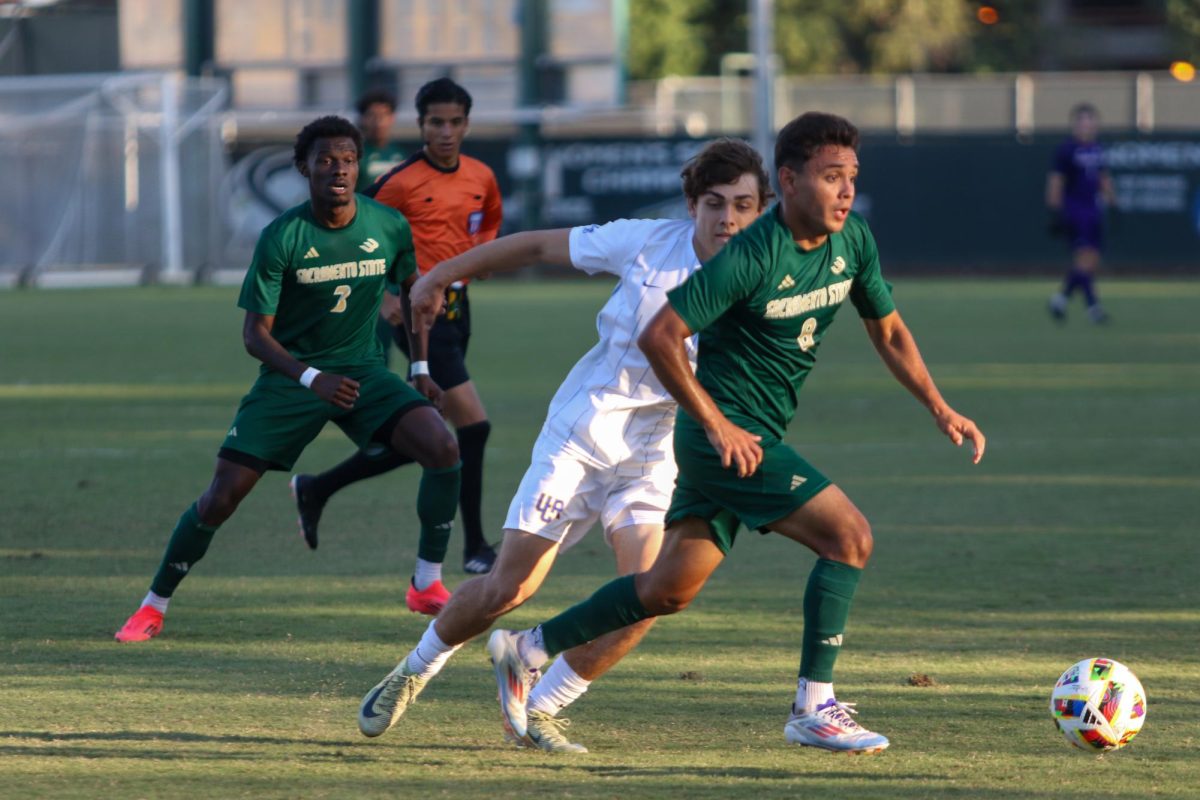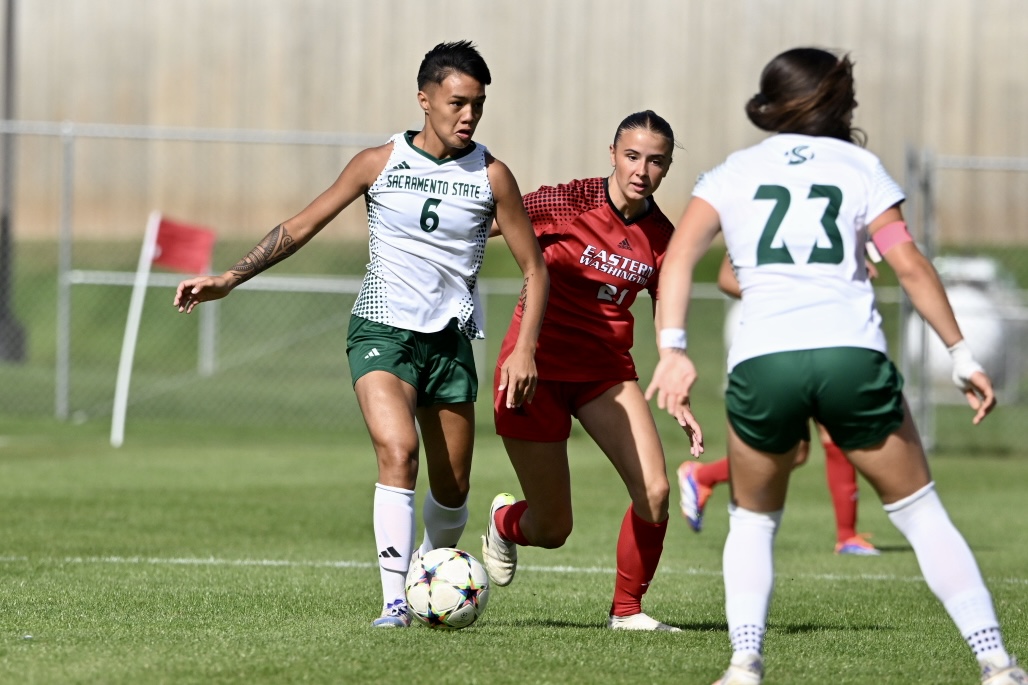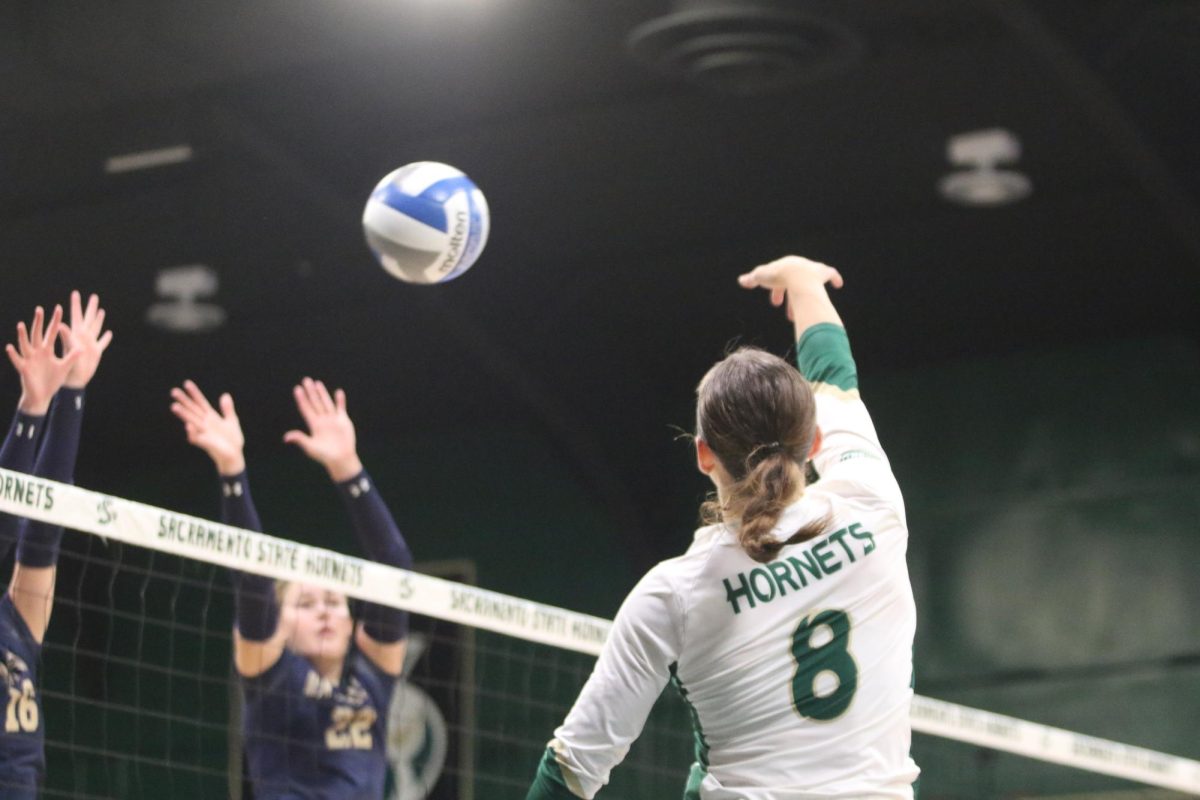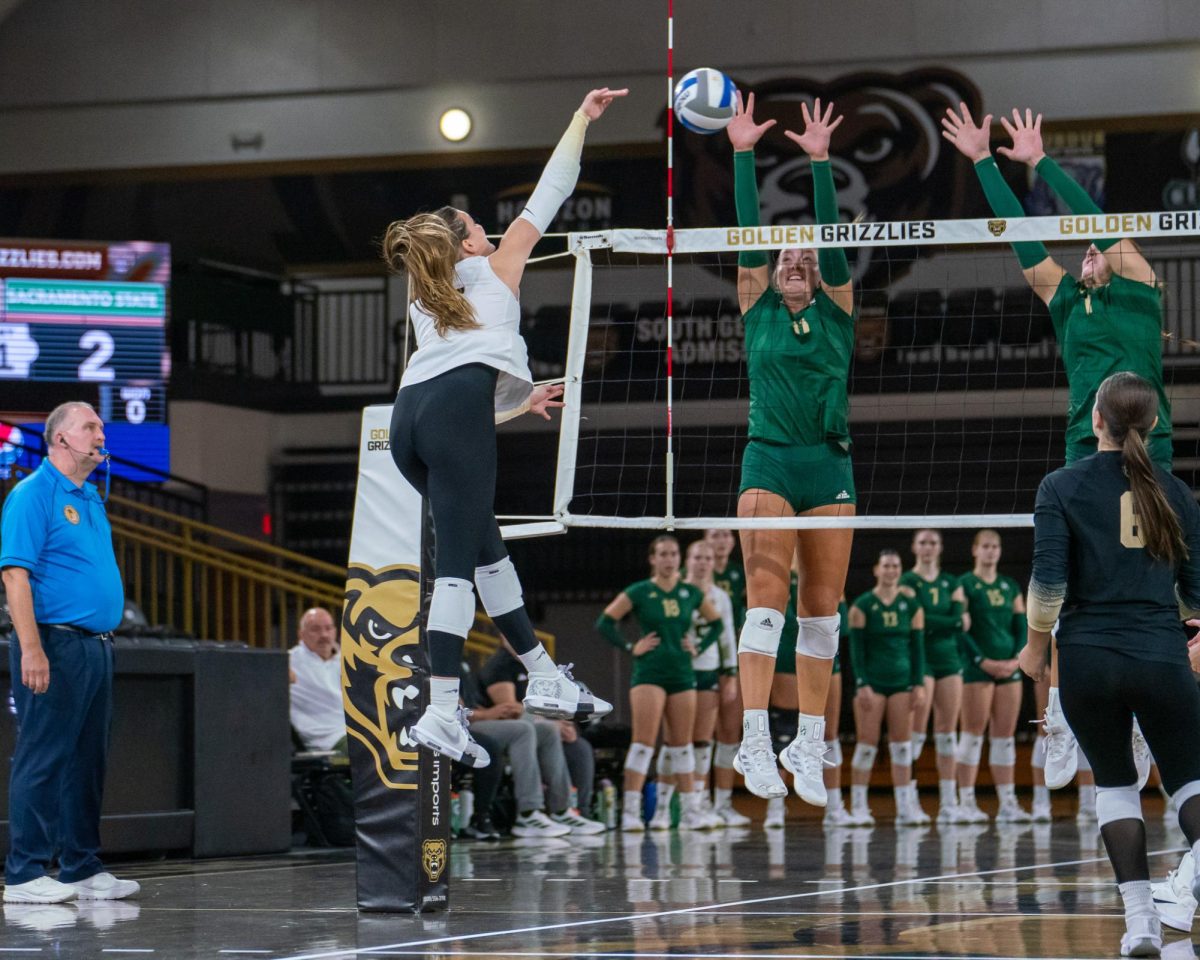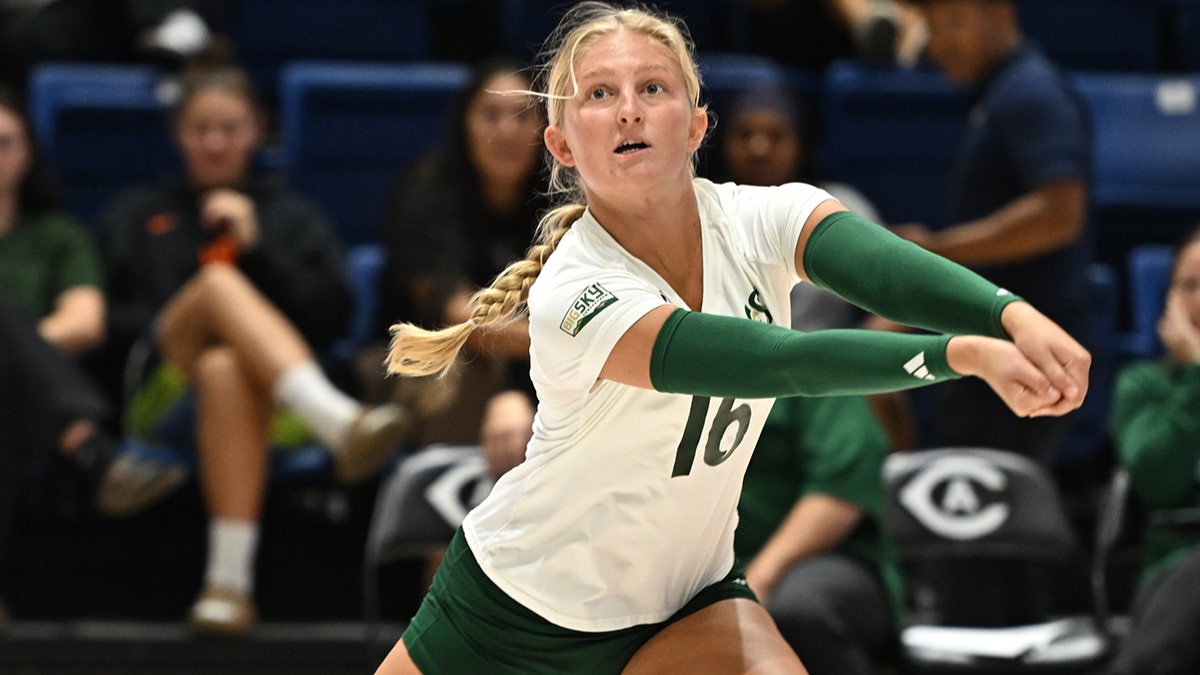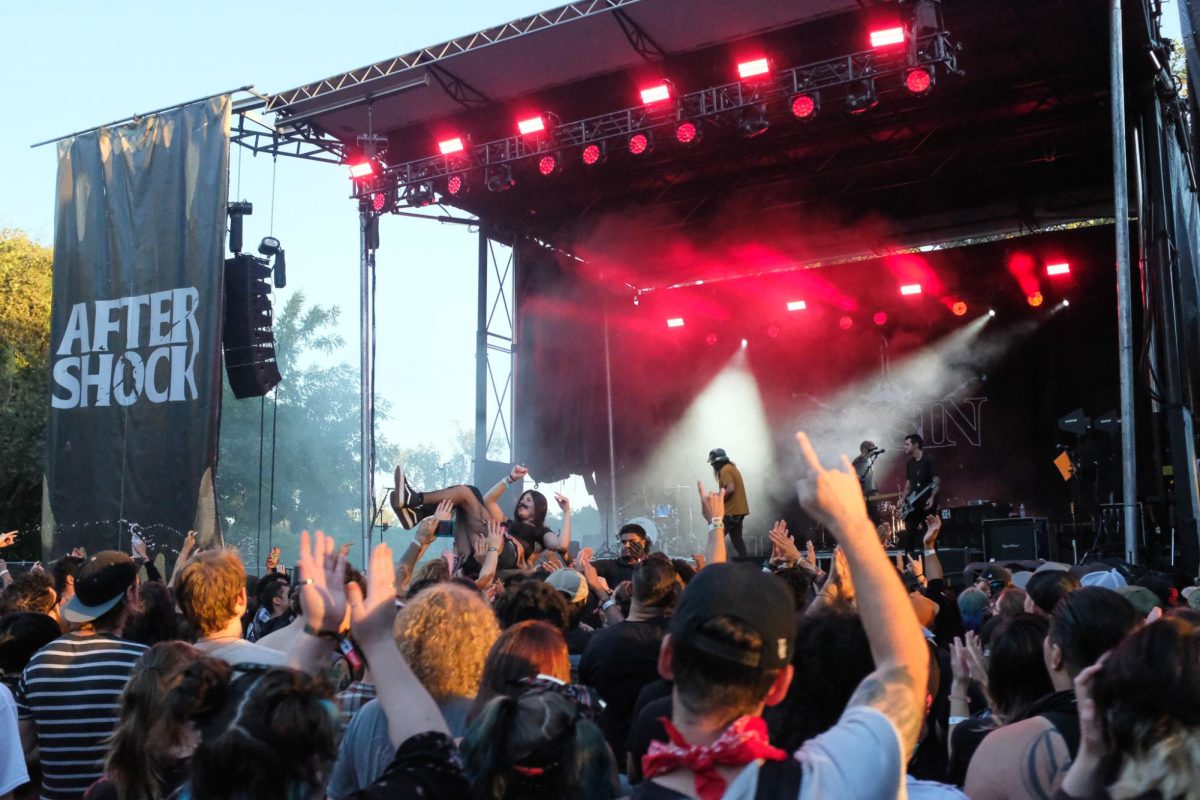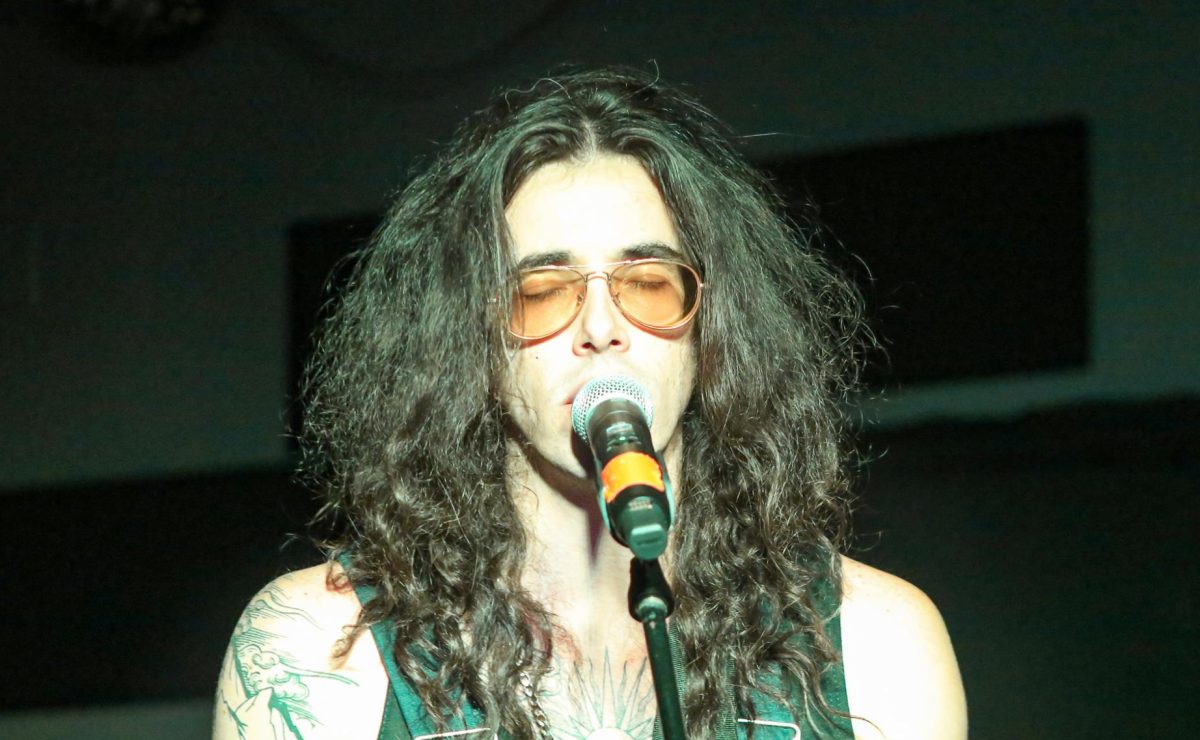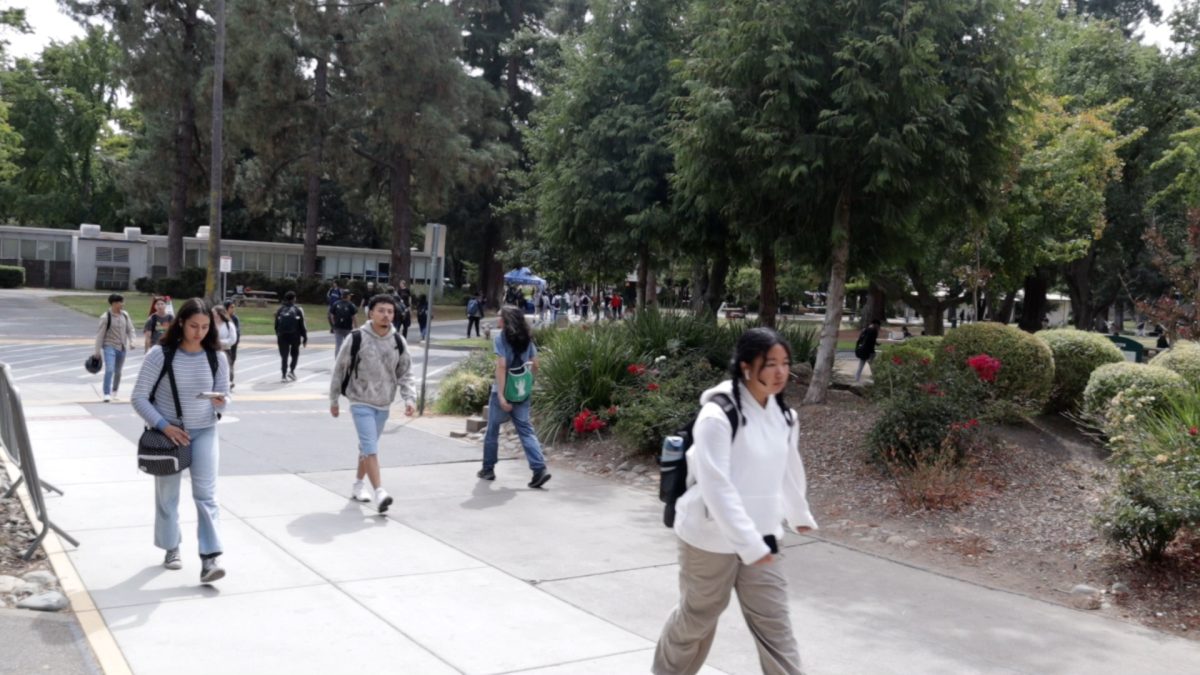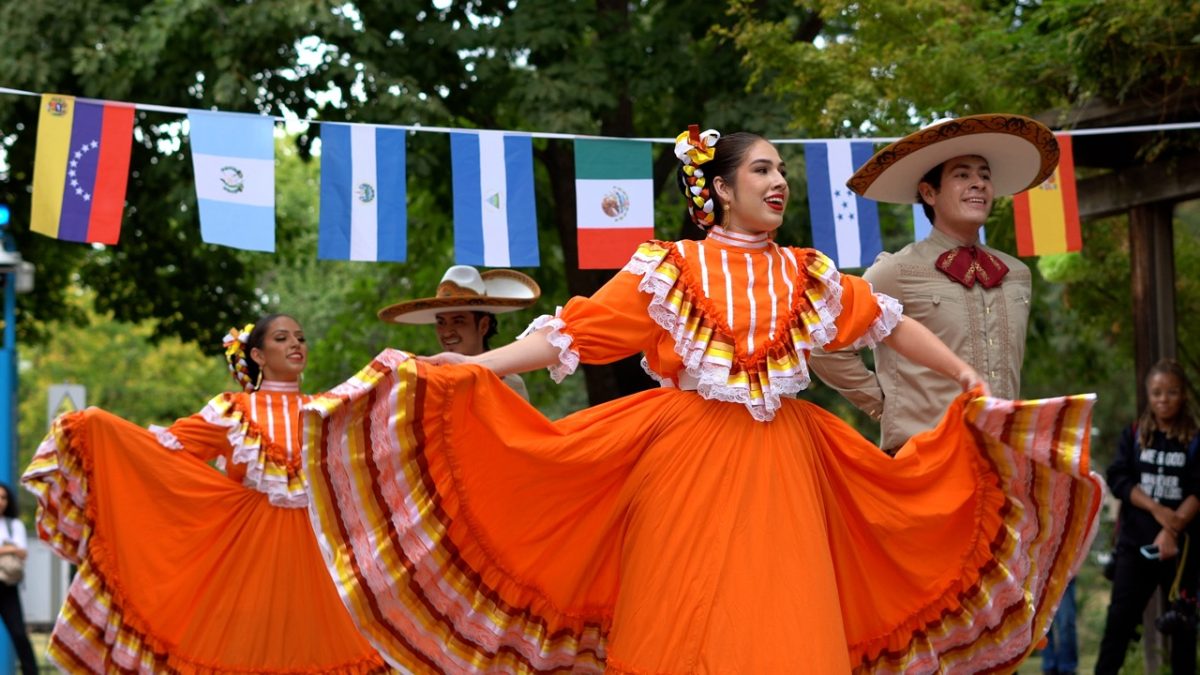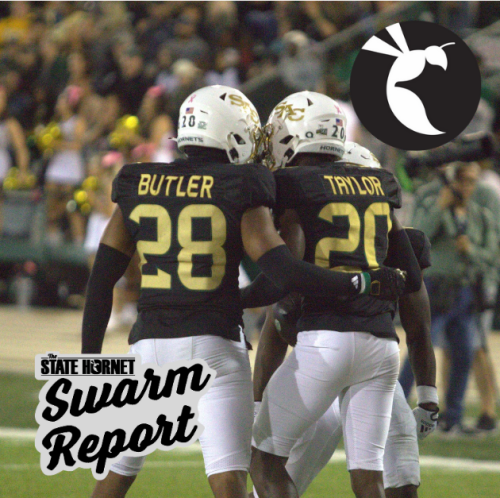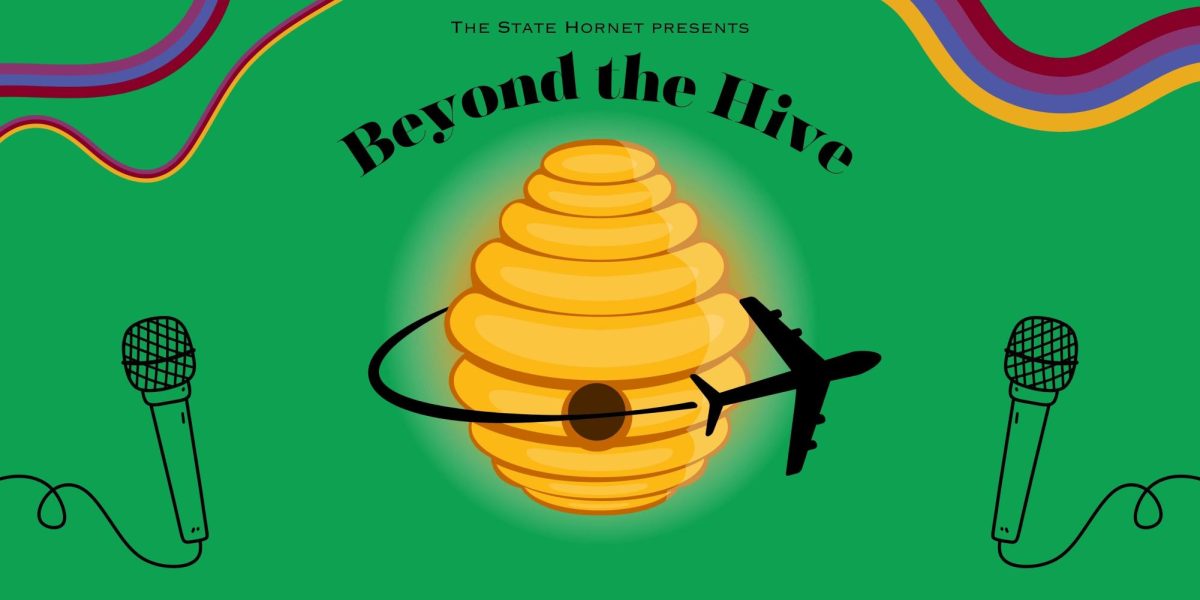EDITORIAL: Now is the time to #SaveStudentNewsrooms
Eight covers of The State Hornet from the last three semesters show just some of the scope of coverage that a small group of student reporters and editors have published.
In an era of decreased local journalism, the proliferation of the term “fake news” to refer to legitimate organizations, and more information shared on the internet than can be consumed, student newsrooms on college campuses are more vital than ever.
That is why The State Hornet is lending its voice to the #SaveStudentNewsrooms movement, on today, its day of action. We join more than 100 programs in calling attention to the growing need for colleges and student bodies everywhere to support student journalism.
Over at savestudentnewsrooms.com, dozens of editorials and testimonials can be read. All are written by student journalists or program advisers — people familiar with the ups and downs of running a student publication.
Recurring themes of these posts are financial insecurity and administrative pressures to become subsidized by the university they serve, potentially sacrificing the independence that is necessary to provide balanced, uncensored coverage of college campuses around the country.
Over and over again, student newsrooms are often the only way campus communities know what is really happening in their classrooms, dorms and everywhere between.
We are fortunate in that regard — though the diminishing revenue of advertising sales in print journalism has also extended to The State Hornet, the $3 student fee we receive per semester is more than many others get.
Even with the support of student fees, The State Hornet’s financial situation is far from ideal. We regularly make do with a small supply of cameras, some of which are a decade old. Until very recently, we had just four working computers in our newsroom for a staff of 35 to share. Now we have five.
But this is still a more fortunate situation than many other student newspapers find themselves in. While others set up GoFundMe accounts soliciting donations, we at The State Hornet have been given the privilege of continuing to worry about one thing: serving students in ways that we think help you get your money’s worth.
The $3 fee each student pays helps us fund our weekly print edition, which consistent 20 pages of news, sports, culture and opinion, and constant content on statehornet.com. Long story short — there is something in each issue for everyone.
In the academic year alone, The State Hornet has profiled DACA recipients, analyzed the housing and food issues systemic at Sacramento State and in the area, called shenanigans on an unconstitutional audio/video policy (that has since been revoked), and doggedly reported on the things Sac State students care about most: parking, tuition and construction. And Herky.
The State Hornet has also been commended this year for work done in 2016-17. Last fall, the Associated Collegiate Press named The State Hornet a Pacemaker winner, an award given to the top 10 percent of college publications in the nation. The State Hornet was the only paper from a public California four-year college to win.
None of this: the reporting, the awards, even our newsroom in Del Norte Hall 1006, would be possible without the support of students here at Sac State.
Other college publications don’t have it as good as we do. Student newspapers at private colleges are typically severely limited in the scope of reporting they can do, unless they somehow have an outside source of funding that helps them retain independence.
Even newspapers at public universities face tough times. Some have had students funds stripped from their budgets; some never had them at all. They’re often pressured by school administrators and stonewalled by key sources in retaliation for reporting stories that paint their universities in a bad light.
Student newspapers are the single most important avenue for free speech and enlightened students on campuses across the country. They serve as watchdogs, curators of culture and they are a living diary of a school’s history.
They also serve as the training grounds for the next generation of journalists; three former Sac State students, one a State Hornet alumni, reported on the North Bay wildfires and were part of the team at The Press Democrat that recently won a Pulitzer prize.
Student journalists turned Pulitzer winners have shed light on corruption countless times, as well as told stories of tragedy and victory that have captivated audiences worldwide and made real change in the world.
Student newsrooms need to be valued by campus communities and administrators, and funded as well.
Your donation will support the student journalists of Sacramento State University. Your contribution will allow us to purchase equipment and cover our annual website hosting costs.




